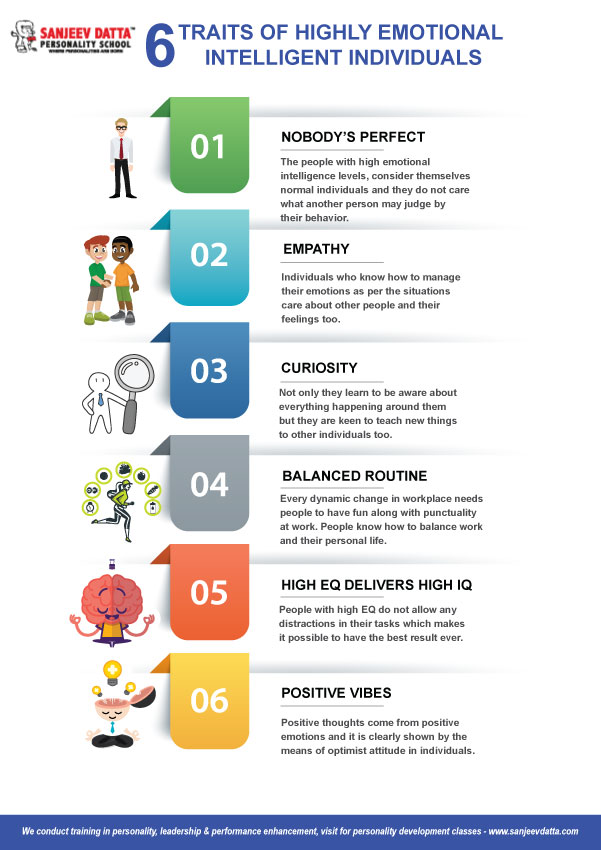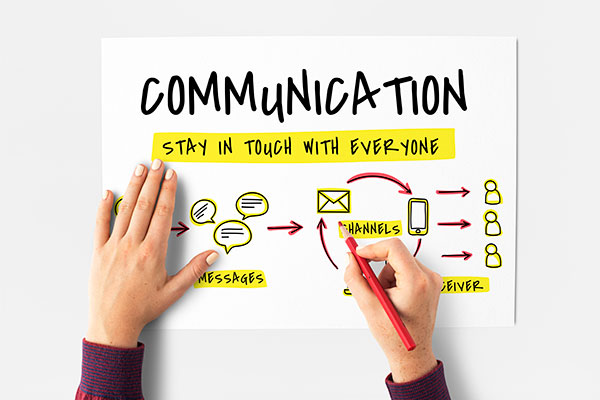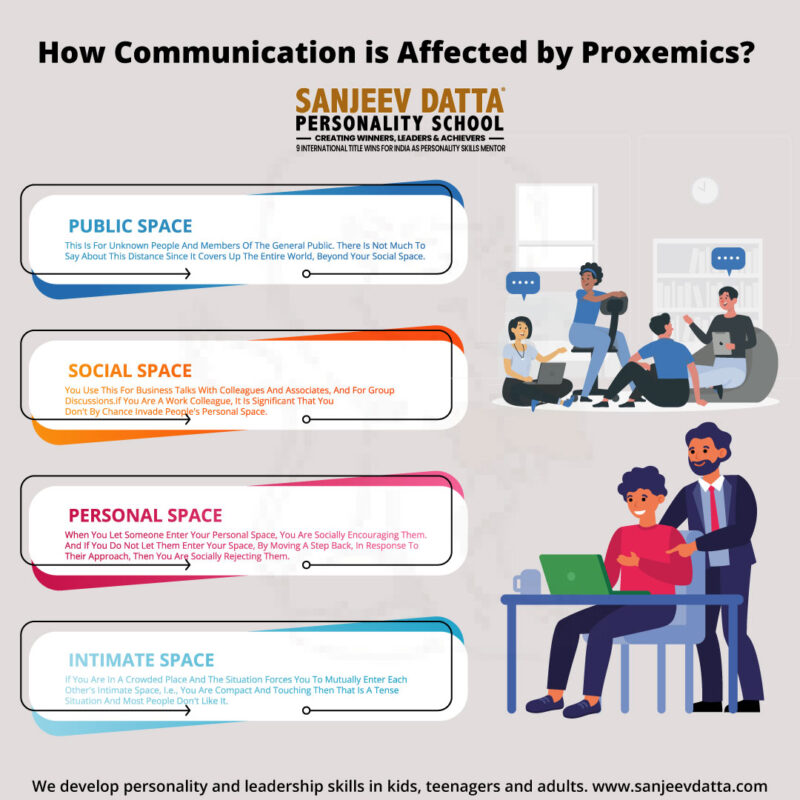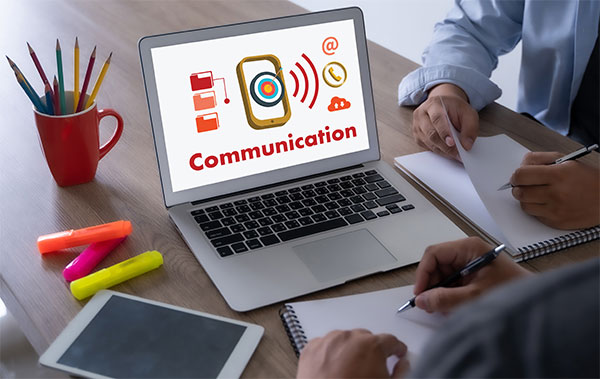Communication is the cornerstone of human interaction. Whether in personal or professional settings, effective communication is essential for building strong relationships, gaining trust, and achieving success. However, communication is more than just talking or scripting words. It involves understanding the context in which messages are received and adapting communication styles to fit different situations. In this article, we will explore the pillars of contextual communication and how they can help individuals and organizations improve their communication effectiveness. By understanding and applying these pillars of Contextual Communication, you can become a more effective communicator and build stronger connections with others.
Pillars of Contextual Communication
1. Cultural Awareness:

Cultural differences can significantly impact how messages are received and understood. Understanding cultural nuances and adapting communication styles to fit different cultures is essential for effective cross-cultural communication.
2. Emotional Intelligence:

Emotional intelligence allows individuals to communicate more effectively, build stronger relationships, and resolve conflicts more efficiently.

3. Active Listening:

Active listening is a fundamental aspect of effective communication. It involves fully engaging in a conversation, paying attention to verbal and nonverbal cues, and clarifying understanding by asking questions. Active listening helps to build trust, understanding, and stronger relationships.
4. Clarity and Precision:

Clear and precise communication is essential to ensure that messages are accurately received and understood. Communicating in simple language, using concrete examples, and avoiding jargon or technical terms can help ensure that messages are clear and precise.
5. Flexibility and Adaptability:

Effective communicators must be flexible and adaptable. They must be able to adjust their communication style to fit the needs and preferences of their audience. This can involve using different mediums of communication, such as email, phone, or face-to-face conversations, or adjusting their language and tone to fit the situation.
Visit: examples of visual communication
6. Cultural Sensitivity:

Cultural sensitivity is a key aspect of cultural awareness. It involves understanding and respecting the differences in beliefs, values, and behaviors of people from different cultures. Being culturally sensitive can help individuals communicate more effectively with people from diverse backgrounds, avoid misunderstandings, and build stronger relationships.
7. Empathy:

Empathy is an essential component of emotional intelligence. It includes the capacity to comprehend and share the feelings of others. Empathy allows individuals to communicate with more understanding and compassion, which can lead to stronger relationships and better outcomes in conflict resolution.
8. Nonverbal Communication:

Nonverbal communication refers to the use of body language, facial expressions, and tone of voice to convey meaning. This is something you can learn through personality development training. Understanding and using nonverbal communication effectively can help individuals communicate more clearly and accurately, as well as pick up on important cues from others.
9. Feedback:

Feedback is a critical aspect of communication, as it allows individuals to receive information on how their messages are being received and interpreted. Providing feedback constructively and respectfully can help individuals improve their communication skills and build stronger relationships.

10. Contextualization:

Contextualization involves adjusting communication style and content to fit the unique context of a situation, professional personality development course cover this aspect. This can include factors such as the audience, purpose of communication, and cultural norms. Being able to contextualize communication can help individuals communicate more effectively, avoid misunderstandings, and achieve better outcomes.
Visit: effects of poor communication
11. Trust:

Trust is a critical element of effective communication. Building trust involves being honest, reliable, and respectful, as well as demonstrating competence and expertise. By building trust, individuals can communicate more effectively and achieve better outcomes in both personal and professional settings.
12. Respect for Diversity:

Respect for diversity involves recognizing and valuing differences in individuals and cultures. It is an essential aspect of contextual communication, as it allows individuals to communicate effectively and respectfully across different cultures and backgrounds. This can involve adapting one’s communication style and language to fit different contexts and cultures, as well as being open-minded and curious about other perspectives.
13. Contextual Communication Technologies:

With the rise of technology, there are many new tools and platforms available for communication. Effective communicators are familiar with a variety of communication technologies and understand how to use them effectively in different contexts. This can include email, social media, video conferencing, and other digital communication platforms.
14. Timing:

The timing of communication can significantly impact its effectiveness. Communicating too early or too late can result in misinterpretation or missed opportunities. Understanding when and how to communicate effectively requires being mindful of the situation, the audience, and the context.
Visit: ways to read body language
In conclusion, effective communication is essential for success in both personal and professional settings, and contextual communication plays a crucial role in achieving this success. By being aware of cultural differences, practicing emotional intelligence, engaging in active listening, communicating with clarity and precision, and being flexible and adaptable, individuals and organizations can improve their communication effectiveness and build stronger relationships. It is important to recognize that effective communication is an ongoing process that requires continual improvement and adaptation. By committing to developing the pillars of contextual communication, individuals and organizations can set themselves up for success in their communication efforts and achieve their desired outcomes.
Why Sanjeev Datta Personality School?
- INTERVIEW TRAINING
- Leadership
- Presentation Training
- Social Boldness
- Dressing Etiquette
- Office Etiquette
- Communication Skills
- English Speaking
- Anger Management
- Time Management
- Team Building
- Performance Enhancer
- Soft Skills
- Goal Setting
- Career Counselling
- Student Subject Choice Counselling
- Listening Skills
- Video Presentation
- Meditation
For more details, contact us now!


